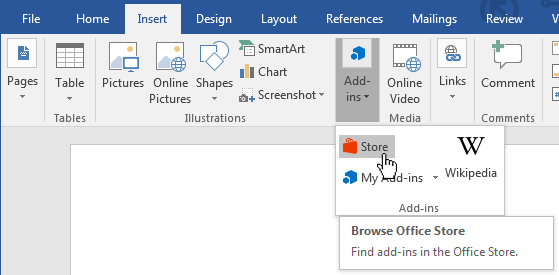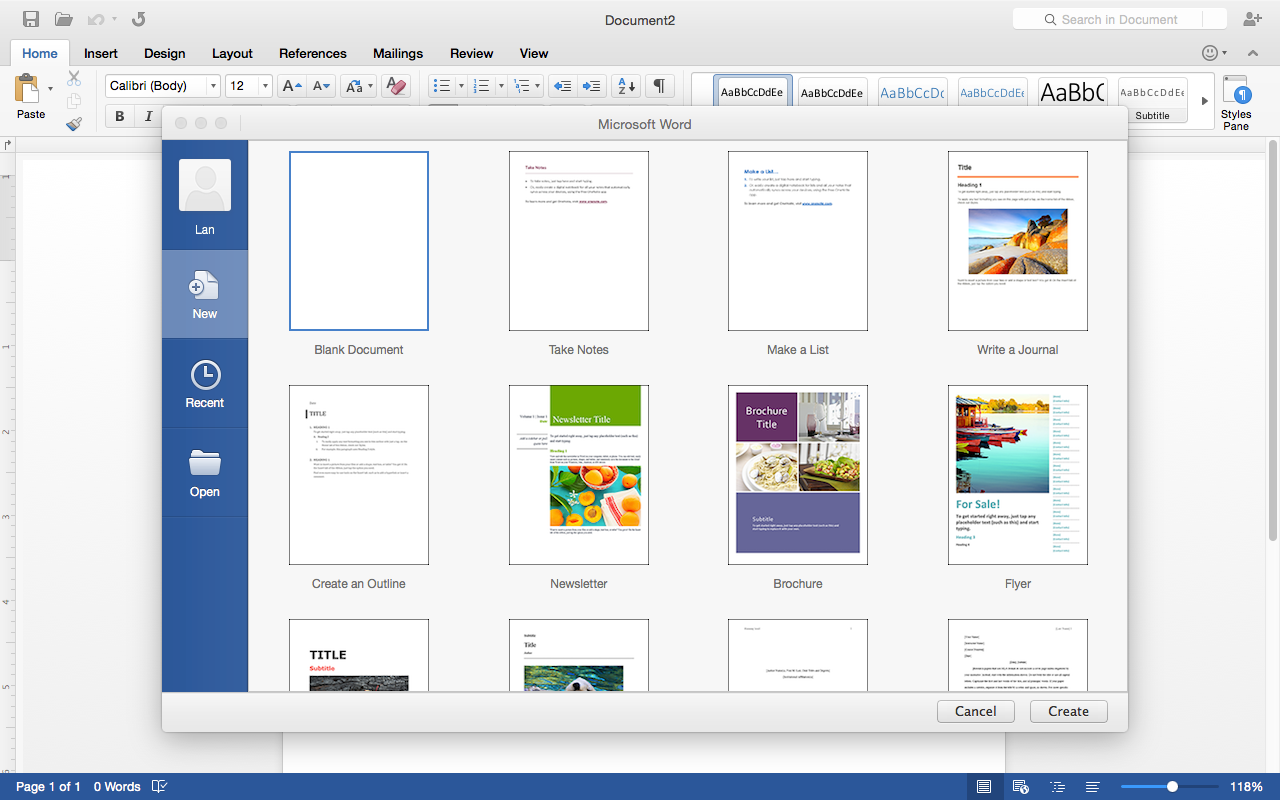Go to Microsoft Word and select Tools Templates and Add-Ins Then make sure that the Endnote Web CWYW Commands.dot and Endnote CWYW Word 2011.bundle are checked. Installing fonts in Windows; Installing fonts on a Mac; Installing fonts in Linux; Font files and formats; License info and restrictions; Small (bitmap & pixel) fonts; Problems downloading fonts or registering. We support all modern browsers, including Firefox, Google Chrome, Safari, Opera, and Edge.
- Compiling from source
The simplest way to get the latest pandoc release is to use the installer.
For alternative ways to install pandoc, see below under the heading for your operating system.
Windows
There is a package installer at pandoc’s download page. This will install pandoc, replacing older versions, and update your path to include the directory where pandoc’s binaries are installed.
If you prefer not to use the msi installer, we also provide a zip file that contains pandoc’s binaries and documentation. Simply unzip this file and move the binaries to a directory of your choice.
Alternatively, you can install pandoc using Chocolatey:
Chocolatey can also install other software that integrates with Pandoc. For example, to install rsvg-convert (from librsvg, covering formats without SVG support), Python (to use Pandoc filters), and MiKTeX (to typeset PDFs with LaTeX):
By default, Pandoc creates PDFs using LaTeX. We recommend installing it via MiKTeX.
macOS
There is a package installer at pandoc’s download page. If you later want to uninstall the package, you can do so by downloading this script and running it with perl uninstall-pandoc.pl.
Alternatively, you can install pandoc using Homebrew:
Homebrew can also install other software that integrates with Pandoc. For example, to install librsvg (its rsvg-convert covers formats without SVG support), Python (to use Pandoc filters), and BasicTeX (to typeset PDFs with LaTeX):
Note: On unsupported versions of macOS (more than three releases old), Homebrew installs from source, which takes additional time and disk space for the ghc compiler and dependent Haskell libraries.

We also provide a zip file containing the binaries and man pages, for those who prefer not to use the installer. Simply unzip the file and move the binaries and man pages to whatever directory you like.
By default, Pandoc creates PDFs using LaTeX. Because a full MacTeX installation uses four gigabytes of disk space, we recommend BasicTeX or TinyTeX and using the tlmgr tool to install additional packages as needed. If you receive errors warning of fonts not found:
Linux
Check whether the pandoc version in your package manager is not outdated. Pandoc is in the Debian, Ubuntu, Slackware, Arch, Fedora, NiXOS, openSUSE, gentoo and Void repositories.

To get the latest release, we provide a binary package for amd64 architecture on the download page.
The executable is statically linked and has no dynamic dependencies or dependencies on external data files. Note: because of the static linking, the pandoc binary from this package cannot use lua filters that require external lua modules written in C.
Both a tarball and a deb installer are provided. To install the deb:
where $DEB is the path to the downloaded deb. This will install the pandoc executable and man page.
If you use an RPM-based distro, you may be able to install the deb from our download page using alien.
On any distro, you may install from the tarball into $DEST (say, /usr/local/ or $HOME/.local) by doing
where $TGZ is the path to the downloaded zipped tarball. For Pandoc versions before 2.0, which don’t provide a tarball, try instead
You can also install from source, using the instructions below under Compiling from source. Note that most distros have the Haskell platform in their package repositories. For example, on Debian/Ubuntu, you can install it with apt-get install haskell-platform.
For PDF output, you’ll need LaTeX. We recommend installing TeX Live via your package manager. (On Debian/Ubuntu, apt-get install texlive.)
Chrome OS
On Chrome OS, pandoc can be installed using the chromebrew package manager with the command:
This will automatically build and configure pandoc for the specific device you are using.
BSD
Pandoc is in the NetBSD and FreeBSD ports repositories.
Docker
The official Docker images for pandoc can be found at https://github.com/pandoc/dockerfiles and at dockerhub.
The pandoc/core image contains pandoc.
The pandoc/latex image also contains the minimal LaTeX installation needed to produce PDFs using pandoc.
To run pandoc using Docker, converting README.md to README.pdf:
GitHub Actions
Pandoc can be run through GitHub Actions. For some examples, see https://github.com/pandoc/pandoc-action-example.
Compiling from source
If for some reason a binary package is not available for your platform, or if you want to hack on pandoc or use a non-released version, you can install from source.
Getting the pandoc source code
Source tarballs can be found at https://hackage.haskell.org/package/pandoc. For example, to fetch the source for version 1.17.0.3:
Or you can fetch the development code by cloning the repository:
Note: there may be times when the development code is broken or depends on other libraries which must be installed separately. Unless you really know what you’re doing, install the last released version.
Quick stack method

The easiest way to build pandoc from source is to use stack:
Install stack. Note that Pandoc requires stack >= 1.7.0.
Change to the pandoc source directory and issue the following commands:
stack setupwill automatically download the ghc compiler if you don’t have it.stack installwill install thepandocexecutable into~/.local/bin, which you should add to yourPATH. This process will take a while, and will consume a considerable amount of disk space.
Quick cabal method
Install the Haskell platform. This will give you GHC and the cabal-install build tool. Note that pandoc requires GHC >= 7.10 and cabal >= 2.0.
Update your package database:
Check your cabal version with
If you have a version less than 2.0, install the latest with:
Use
cabalto install pandoc and its dependencies:This procedure will install the released version of pandoc, which will be downloaded automatically from HackageDB.
If you want to install a modified or development version of pandoc instead, switch to the source directory and do as above, but without the ‘pandoc’:
Make sure the
$CABALDIR/bindirectory is in your path. You should now be able to runpandoc:By default
pandocuses the “i;unicode-casemap” method to sort bibliography entries (RFC 5051). If you would like to use the locale-sensitive unicode collation algorithm instead, specify theicuflag (which affects the dependencyciteproc):Note that this requires the
text-iculibrary, which in turn depends on the C libraryicu4c. Installation directions vary by platform. Here is how it might work on macOS with Homebrew:The
pandoc.1man page will be installed automatically. cabal shows you where it is installed: you may need to set yourMANPATHaccordingly. IfMANUAL.txthas been modified, the man page can be rebuilt:make man/pandoc.1.
Custom cabal method
This is a step-by-step procedure that offers maximal control over the build and installation. Most users should use the quick install, but this information may be of use to packagers. For more details, see the Cabal User’s Guide. These instructions assume that the pandoc source directory is your working directory. You will need cabal version 2.0 or higher.
Install dependencies: in addition to the Haskell platform, you will need a number of additional libraries. You can install them all with
Configure:
All of the options have sensible defaults that can be overridden as needed.
FLAGSPECis a list of Cabal configuration flags, optionally preceded by a-(to force the flag tofalse), and separated by spaces. Pandoc’s flags include:embed_data_files: embed all data files into the binary (default no). This is helpful if you want to create a relocatable binary.https: enable support for downloading resources over https (using thehttp-clientandhttp-client-tlslibraries).
Build:
Build API documentation:
Copy the files:
The default destdir is
/.Register pandoc as a GHC package:
Package managers may want to use the
--gen-scriptoption to generate a script that can be run to register the package at install time.
Creating a relocatable binary
It is possible to compile pandoc such that the data files pandoc uses are embedded in the binary. The resulting binary can be run from any directory and is completely self-contained. With cabal, add -fembed_data_files to the cabal configure or cabal install commands.
With stack, use --flag pandoc:embed_data_files.
Running tests
Pandoc comes with an automated test suite. To run with cabal, cabal test; to run with stack, stack test.
To run particular tests (pattern-matching on their names), use the -p option:
Or with stack:
It is often helpful to add -j4 (run tests in parallel) and --hide-successes (don’t clutter output with successes) to the test arguments as well.
If you add a new feature to pandoc, please add tests as well, following the pattern of the existing tests. The test suite code is in test/test-pandoc.hs. If you are adding a new reader or writer, it is probably easiest to add some data files to the test directory, and modify test/Tests/Old.hs. Otherwise, it is better to modify the module under the test/Tests hierarchy corresponding to the pandoc module you are changing.
Running benchmarks
To build and run the benchmarks:
or with stack:
To use a smaller sample size so the benchmarks run faster:
To run just the markdown benchmarks:
Frequently Asked Questions
Problems downloading fonts or registering
We support all modern browsers, including Firefox, Google Chrome, Safari, Opera, and Edge.
You must have cookies enabled in your browser in order to download fonts or register at FontSpace. For help with enabling cookies, click here.
How to download and unzip a file
When you see a font you want to use, click the Download button on FontSpace and save the file to your computer. Right-click on the file (it will be a zip file) and click the 'Extract To' option.
Installing fonts in Windows
Windows 10, Windows 8, Windows 7 or Windows Vista
Right-click on the font and choose Install. Or, you can open the font in the default Windows font viewer and click the Install button
Windows XP
Go to Start > Control Panel
Open the Fonts folder.
Browse for the font you want to install (you extracted this from the zip file earlier)
Click OK
All Windows versions
Drag and drop (or copy and paste) the font file to the folder C:WindowsFonts
If you want to temporarily install a font, just Double-click the font file and you can use it in your applications (Microsoft Word, Adobe Photoshop, etc..) while it is left open. To uninstall the font, close the Font Viewer.
Installing fonts on a Mac

Installing fonts in Linux
Font formats
License Info
The license type of a font determines how you may use it.
Personal Use typically refers to any use that is not meant to generate profit, such as:
- Scrapbooking
- Graphic design for personal websites, blogs, etc..
- Flyers or invitations to friends and family
- Churches, charities, or non-profit organizations
- Making T-shirt for yourself or friends at no charge
 Commercial Use is for companies or individuals that may profit from the use of the font, such as the following cases:
Commercial Use is for companies or individuals that may profit from the use of the font, such as the following cases: - Flyer or poster for an event that charges admission
- Printing a T-shirt that you will be selling
- Text or graphics in a book
- Graphic design work (logo, business card, website)
- And any other situations where you are getting paid
Installing Word On Macbook Air
Regardless of the license, if you use a font and enjoy it please consider making a small donation to the font designer.
Install Word On Macbook Air
Bitmap / Pixel Fonts
Install Word On Mac Pro
Certain fonts, such as bitmap or pixel fonts, are best viewed at a specific size. Be sure to turn off anti-aliasing in any software you are using.
To convert from pixel to point:px * .75 = pt (example: 8px is equivalent to 6pt)
To convert from point to pixel:pt / .75 = px (example: 6pt is equivalent to 8px)
